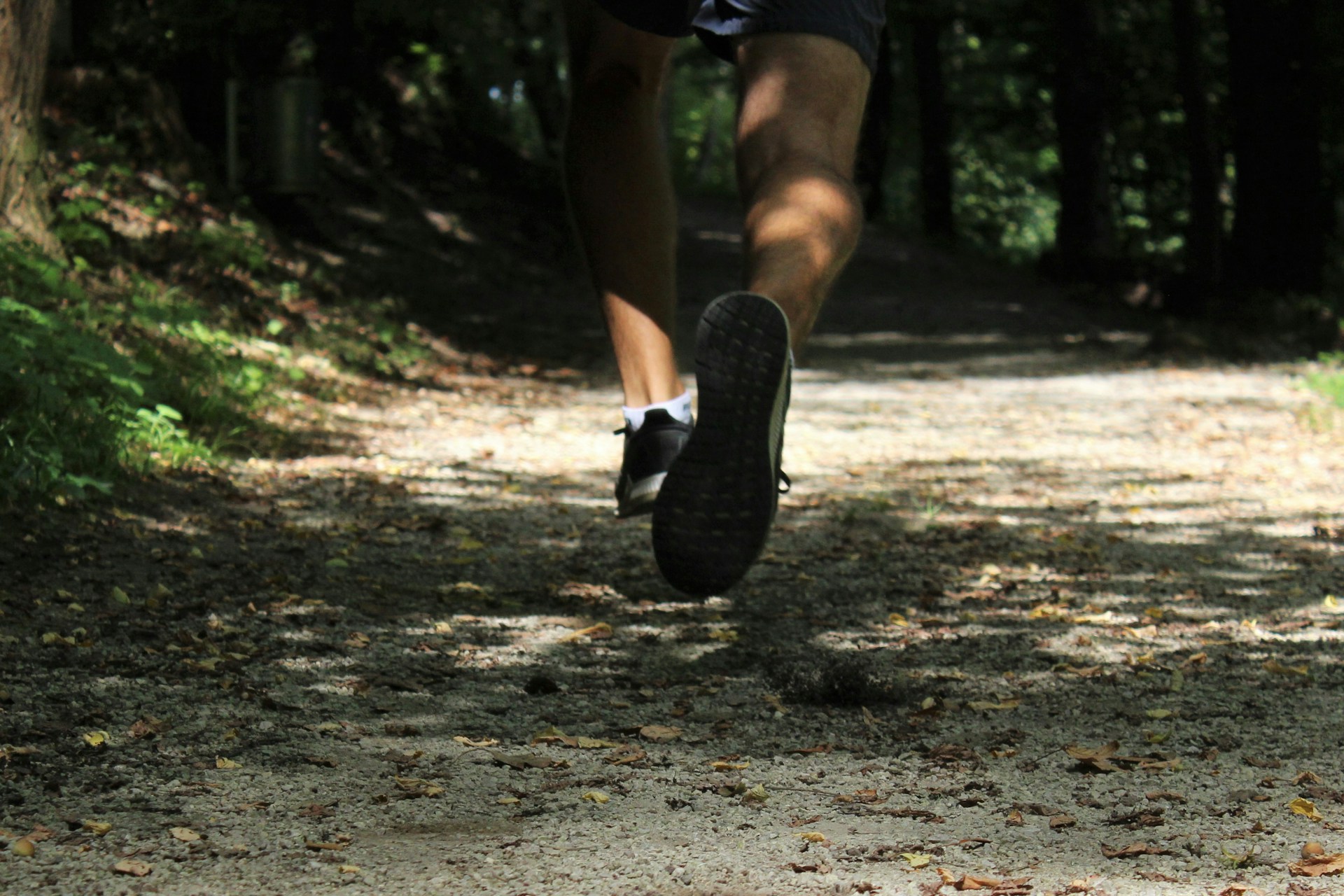The ideal characteristics of a shoe sole depend on the intended use of the shoe and the user's preferences. Everyday use, recreational sports, and competitive sports have different requirements. However, one universal requirement is that the sole should provide consistent cushioning across a wide range of loads—especially in the heel area, where the highest loads occur when the shoe touches the ground while running. This peak load must be effectively absorbed with every step—when walking and especially when running. Foam-based soles, which are predominantly used in shoe soles today, have the disadvantage that they compress significantly under higher loads and are therefore perceived as “harder” and less comfortable.

Addressing this problem is the result of an exchange between 10 employees of the Fraunhofer Cluster of Excellence “Programmable Materials” (CPM) and employees of the renowned sporting goods manufacturer Puma. The starting point for the collaboration was set at a “Serendipity Day” held at the smart3 e.V. office.
The findings and results are summarized in the article, which can be read free of charge at merlinmagazin.de.